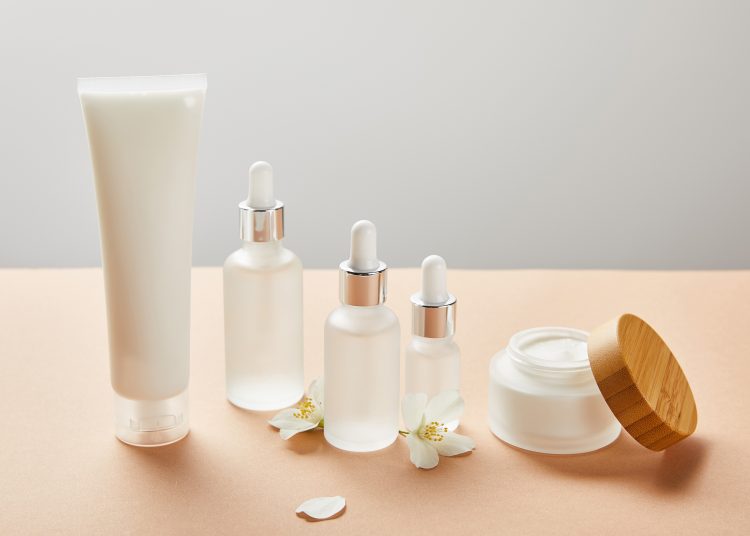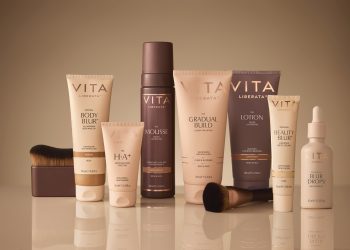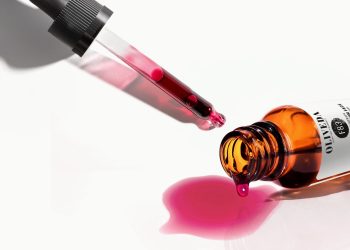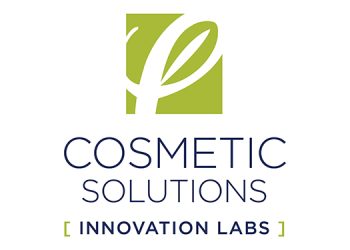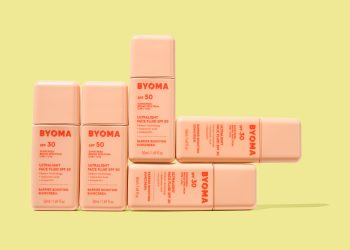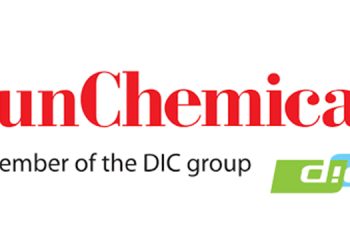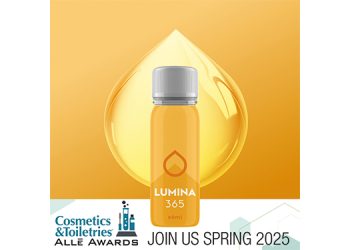NSF, an independent, not-for-profit public health and safety organization, today announced the launch of Guideline 527, Contents and Claims Certified for beauty, cosmetic and personal care products.
“Quality is cheaper when done right the first time”
The guideline is designed to bolster the integrity of the beauty and personal care industry by providing a complete program that includes standardized definitions and criteria, label review, formulation requirements, ingredient identity, testing criteria, product purity and physical characterization and Good Manufacturing Practice (GMP)-compliance with NSF/ANSI 455-3 and/or NSF/ANSI 455-4.
Building on its decades of experience in the certification of dietary supplements, NSF developed Guideline 527 to offer its expertise in mitigating risk, minimizing liability, differentiating products from competitors, and improving trust among customers to the personal care industry.
“Quality is cheaper when done right the first time,” said Katherine Fillinger, Senior Manager, Global Certification, at NSF. “We’re excited to help companies define a clear path forward in this changing regulatory landscape to protect customer health and safeguard brand reputation by ensuring their products meet the highest standards of quality and safety.”
According to Edelman’s trust barometer, 81% of consumers said trust is a deal breaker or deciding factor in purchase decisions and more than 73% of consumers consider transparency more important than price. Since 2018, there have been 117 cosmetic product recalls. Each recall results in significant costs in paused operations and unspecified reputational costs.
As consumers increasingly demand greater transparency and accountability from cosmetic and personal care brands and the FDA prepares to enforce the Modernization of Cosmetics Regulation Act (MoCRA) at the end of 2023, it has become more important than ever for manufacturers and suppliers operating in or exporting to the United States to demonstrate the safety and effectiveness of their products.
Historically, cosmetics have been subject to significantly less stringent requirements than their food and drug counterparts. Until MoCRA’s implementation, The Food, Drug and Cosmetic Act’s treatment of cosmetics has been largely unchanged since it was passed in 1938, 85 years ago. As trends and concerns about chemicals in products continue to grow, labels like “clean” or “natural” that lack standard definitions leave consumers vulnerable to bad actors.
Guideline 527 is based on global regulatory and testing criteria for personal care and cosmetics, and offers a complete program to help ensure products are safe, effective and meet consumer expectations, including:
Standardized definitions and criteria
Guideline 527 provides standardized definitions and criteria for key terms related to beauty and personal care products, ending the ambiguity around common terms such as “pure” and “natural.” This ensures all stakeholders use the same language and terminology when developing, testing and marketing products.
Label review
The guideline includes a label review process that ensures that all claims made on product labels are accurate and truthful. This helps to prevent misleading or false advertising, which can damage the reputation and profits of manufacturers, retailers, distributors, and suppliers.
Formulation requirements and ingredient identity
Guideline 527 includes formulation requirements and ingredient identity criteria that help ensure product safety and effectiveness. This includes identifying the active ingredients in products and any potentially harmful or allergenic ingredients.
Testing criteria
Testing criteria are defined to help ensure that products are safe and effective. This includes testing for microbiology, heavy metals, adulterants, product stability, efficacy, preservation, and safety, as well as any potential interactions with other products or substances.
Product purity and physical characterization
Guideline 527 includes criteria for product purity and physical characterization, which ensures that products are free from contaminants and meet the required physical characteristics, such as color, consistency and fragrance.
GMP compliance to NSF/ANSI 455-3 and/or NSF/ANSI 455-4
Guideline 527 requires compliance with Good Manufacturing Practices (GMP) to NSF/ANSI 455-3 and/or NSF/ANSI 455-4, which helps to ensure products are manufactured and packaged in a safe and hygienic manner.
“Guideline 527 is a solution that ensures that beauty and personal care products are safe, effective, and meet consumer expectations,” said Katherine Fillinger, Senior Manager, Global Certification at NSF. “We recognize the need for greater integrity in the industry to protect consumers. This guideline will help manufacturers, retailers, packers, distributors, and suppliers meet those expectations, protect their customers and safeguard their reputation.”
Certification programs create industry benchmarks built on quality and science and are executed by independent, third-party organizations. The Contents & Claims Certified mark is a sign to regulators, industry and consumers that the cosmetic, soap or OTC drug product has been found to be compliant with Guideline 527.


